PORTLAND, Ore. — Only a handful of people in history have been cured of HIV. Now, three of them are coming together in a groundbreaking collaboration with researchers at Oregon Health & Science University (OHSU) and partner institutions in an effort to extend their extraordinary outcomes to millions worldwide.
The National Institutes of Health (NIH) has awarded $8.4 million to fund the project, which will be led by OHSU in partnership with Weill Cornell Medicine and additional collaborators. The initiative marks one of the most ambitious attempts yet to transform the rare cases of HIV remission into a scalable therapy.
A Unique Study of Rare Survivors
The study will center on Adam Castillejo, Paul Edmonds, and Marc Franke — three men cured of HIV after undergoing stem cell transplants to treat cancer. Each represents a rare, almost miraculous case where the virus was eradicated, allowing them to discontinue lifelong antiretroviral therapy.
Although modern HIV treatment suppresses viral load and enables many to live long lives, it does not remove the virus completely. Roughly 40 million people worldwide live with HIV, and more than 600,000 people die each year from complications linked to the virus.
By studying the immune systems and genetic profiles of the three cured patients, scientists hope to identify mechanisms that can be replicated in others through less invasive treatments.
“The first step is to understand how each of these individuals were cured,” said Jonah Sacha, Ph.D., co-principal investigator at OHSU. “Long term, this research could lead to a single infusion where a patient could be done after a weeklong stay at a clinic.”
How the Research Will Work
The project will involve detailed medical examinations, including sampling of white blood cells, to uncover the biological mechanisms that allowed the patients’ immune systems to eliminate the virus.
Researchers will compare findings from the three men with data collected from nonhuman primates cured of simian immunodeficiency virus (SIV), a close relative of HIV. A 2023 study provided early evidence that similar immune processes could operate across species.
In addition to human and primate studies, the team will develop experimental treatments in mice before moving to trials in primates. If successful, the research could pave the way for clinical trials in humans within the next five years.
The NIH grant, awarded through the National Institute of Allergy and Infectious Diseases, has also been designated as a MERIT award, allowing investigators to extend the funding for up to ten years.
Co-principal investigator Lishomwa Ndhlovu, M.D., Ph.D., of Weill Cornell Medicine, stressed the significance of the opportunity. “We are uniquely positioned to figure out a cure for HIV individuals by studying those whose stem-cell transplants were successful and from others that were not.”
Personal Stories of Hope
For Castillejo, Edmonds, and Franke, the chance to contribute to science represents both gratitude and responsibility.
Adam Castillejo: The “London Patient”
Known for years as the anonymous “London Patient,” Adam Castillejo became the second person in history cured of HIV following a stem cell transplant in 2016. Diagnosed with HIV in 2003, he credits decades of research for his survival.
“It was like winning the lottery,” said Castillejo, now 45. “I feel like I’ve had a second chance at life, so I’ve dedicated myself to being a global ambassador for HIV.”
He decided to reveal his identity publicly to inspire others and reduce stigma. Today, he embraces his role as an advocate. “I’m alive today because some scientists 20 or 30 years ago went on a quest to find a cure,” he said. “We need to find a cure for everyone.”
Marc Franke: A New Life in Germany
In Germany, Marc Franke celebrated the 12th anniversary of his stem cell transplant earlier this year. Now 56, he says the procedure gave him not only freedom from HIV but also a profound new outlook on life.
“The stem cell transplant was the beginning of a new life,” Franke said. “Without it, I would not be sitting here.”
His donor carried a rare genetic mutation of the CCR5 gene, which prevents HIV from entering cells. However, other cured patients received transplants from donors without the mutation, suggesting there are still unknown factors involved. Franke hopes his participation will help researchers solve the puzzle.
“We learned from the coronavirus pandemic that you can’t think only of your country when it comes to a virus,” he added. “You have to think globally.”
Paul Edmonds: Inspired by the Berlin Patient
In the U.S., Paul Edmonds underwent a transplant in 2019 at City of Hope in California, where he was being treated for acute myeloid leukemia. Now 70, he credits his survival and remission to pioneers like Timothy Ray Brown, the “Berlin Patient” and the first person ever cured of HIV.
“When I learned about the transplant, my mind flashed to Timothy Ray Brown,” Edmonds said. “He gave me hope it might be possible.”
Edmonds had lived with HIV since 1988. While antiretroviral therapies kept him alive, he emphasized that many people around the world lack access to such medications — and even when available, they can be toxic over decades of use.
“My hope is that this research will lead to a cure for everyone around the world,” he said. “People shouldn’t have to take medication for the rest of their lives and endure the damage it causes.”
A Long Road, but a Clear Goal
While the prospect of a cure excites scientists and patients alike, researchers caution that progress will be incremental. Clinical trials are still years away, and any eventual therapy must prove safe, effective, and scalable.
Still, the project represents a watershed moment in HIV research: for the first time, multiple cured individuals will actively collaborate with scientists to help replicate their outcomes.
Toward the End of HIV
The personal stories of Castillejo, Franke, and Edmonds offer a glimpse of what could be possible if science succeeds in transforming rare cures into accessible treatment. For the OHSU-led team, the goal is nothing less than a therapy that could eliminate HIV globally.
“The federal grant gives us the resources to pursue this work at the highest level,” Sacha said. “Our vision is bold, but the need is clear. If we can translate what we learn from these extraordinary individuals, we could change the course of history.”
For the three participants, the mission is deeply personal. Each has lived through the darkest years of the HIV epidemic and emerged as a symbol of resilience. Now, they hope their unique circumstances can help deliver a cure to millions still waiting.
As Castillejo put it: “I believe in the science, and I believe in the people leading it. I want to help end this epidemic for good.”

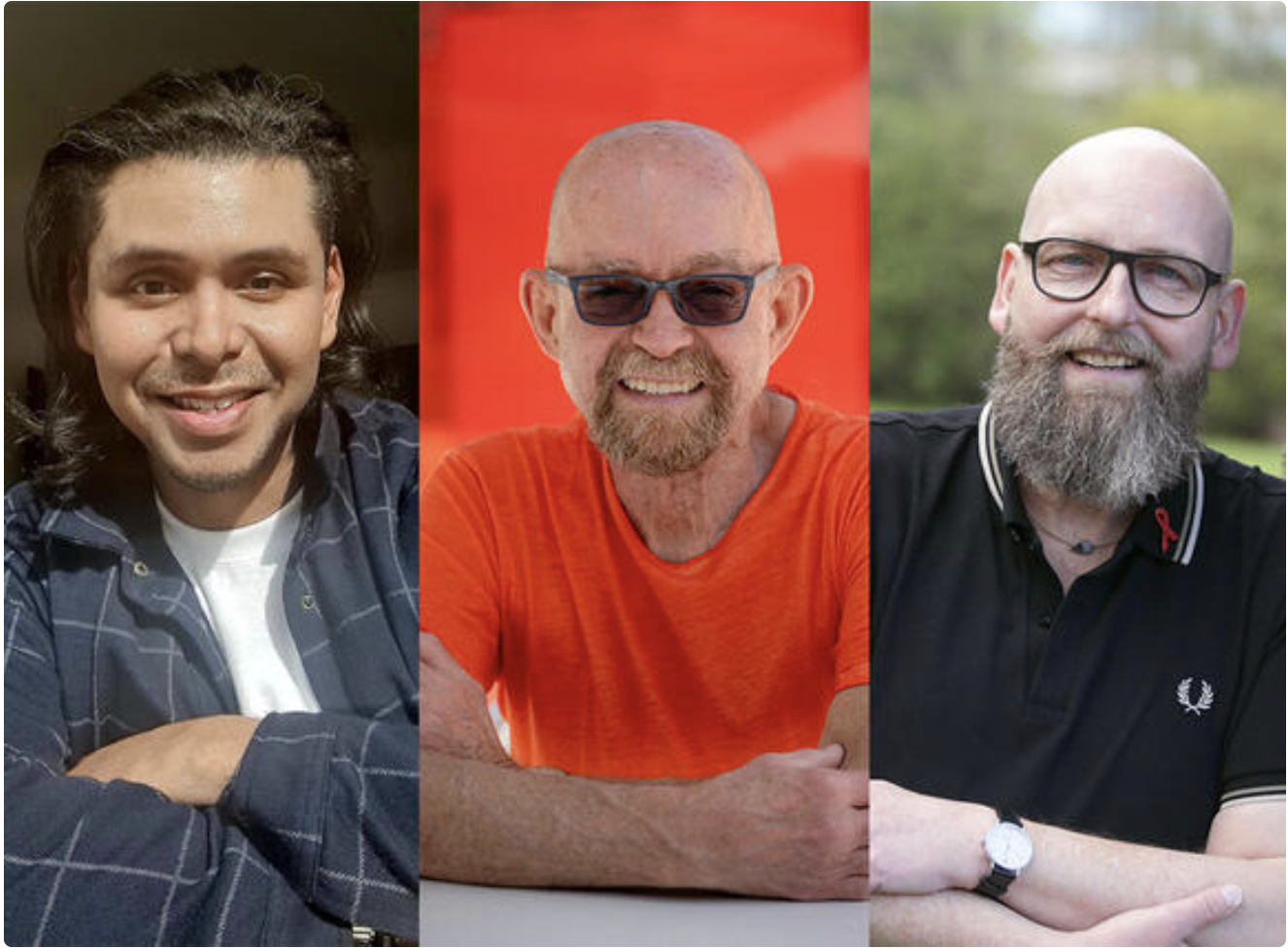


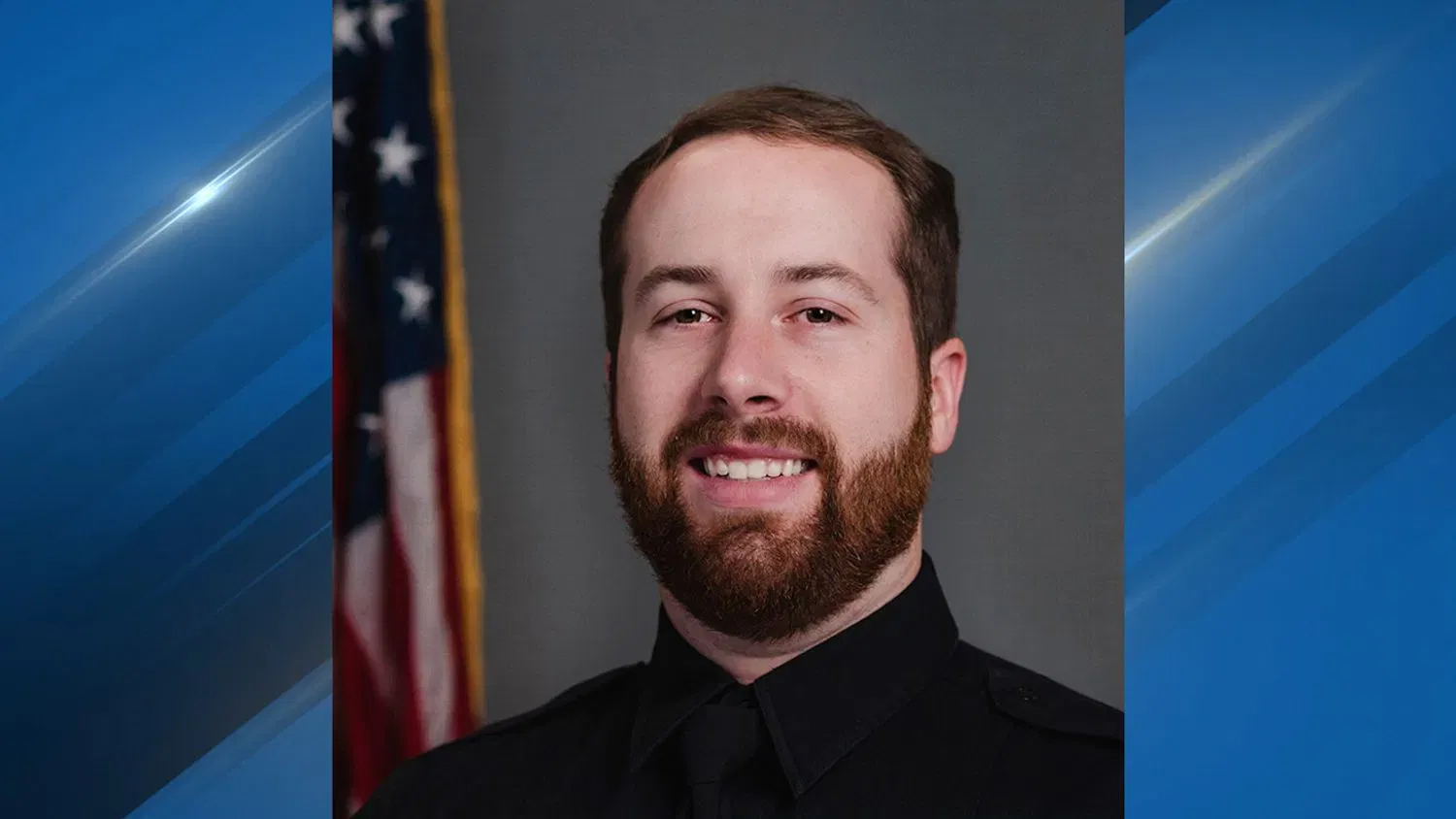


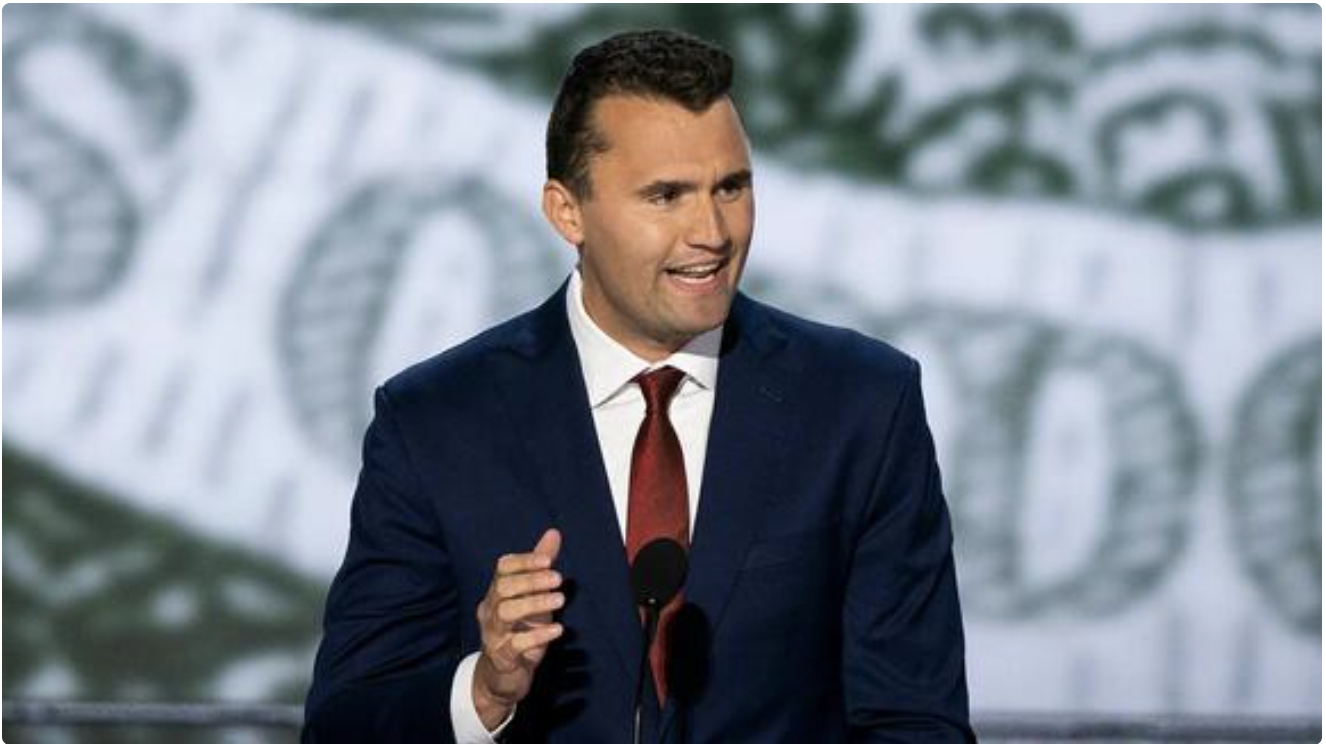




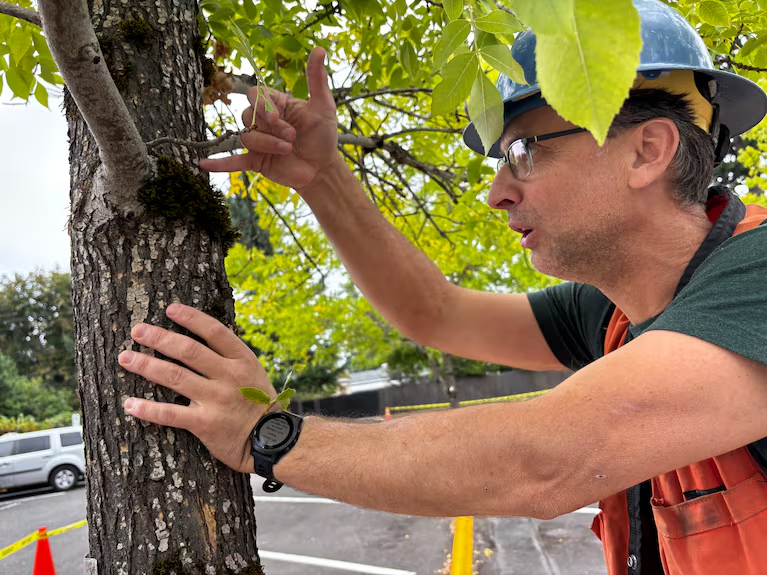


Leave a Reply